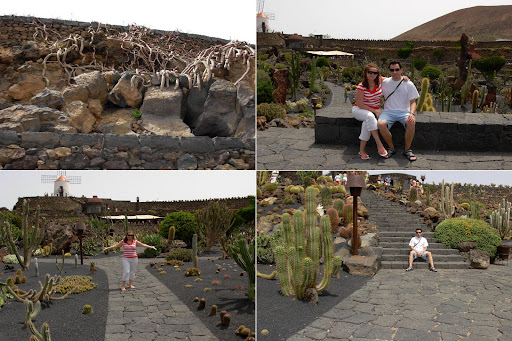Are those that grow freely floating on the water surface without the need for root or in pots on the bottom, so they are easier to place. To put down roots and seek their own placement. All they need is sun. They are excellent to combat algae and competing for all resources needed for their growth and block much of the sun.

Absorb large amounts of dissolved nutrients in the water and shade to reduce the temperature and light levels of the water. His only maintenance is to remove those that are wilted. As they feed on the nutrients they purchase water through the microscopic pillars of their roots, so they need not pay in the autumn but in spring, with a special liquid fertilizer for aquatic plants in ponds.
There are some species that multiply very quickly and need a regular pick, as in Pistia stratiodes.
There is usually some floating ice, but is cut in the spring frost and the leaves sprout again.
There is usually some floating ice, but is cut in the spring frost and the leaves sprout again.

Example: Azolla filiculoides, Eichhornia crassipes, Hydrocharis morsus-frog Hydroryza aristata, Lemna gibba, Lemna minor, Limnobium laevigatum, stratiodes Pistia, Salvinia auriculata, Salvinia biloba, Salvinia minima, Salvinia molesta, Spirodela intermedia, Stratiotes aloides, Wolffiella oblonga.












